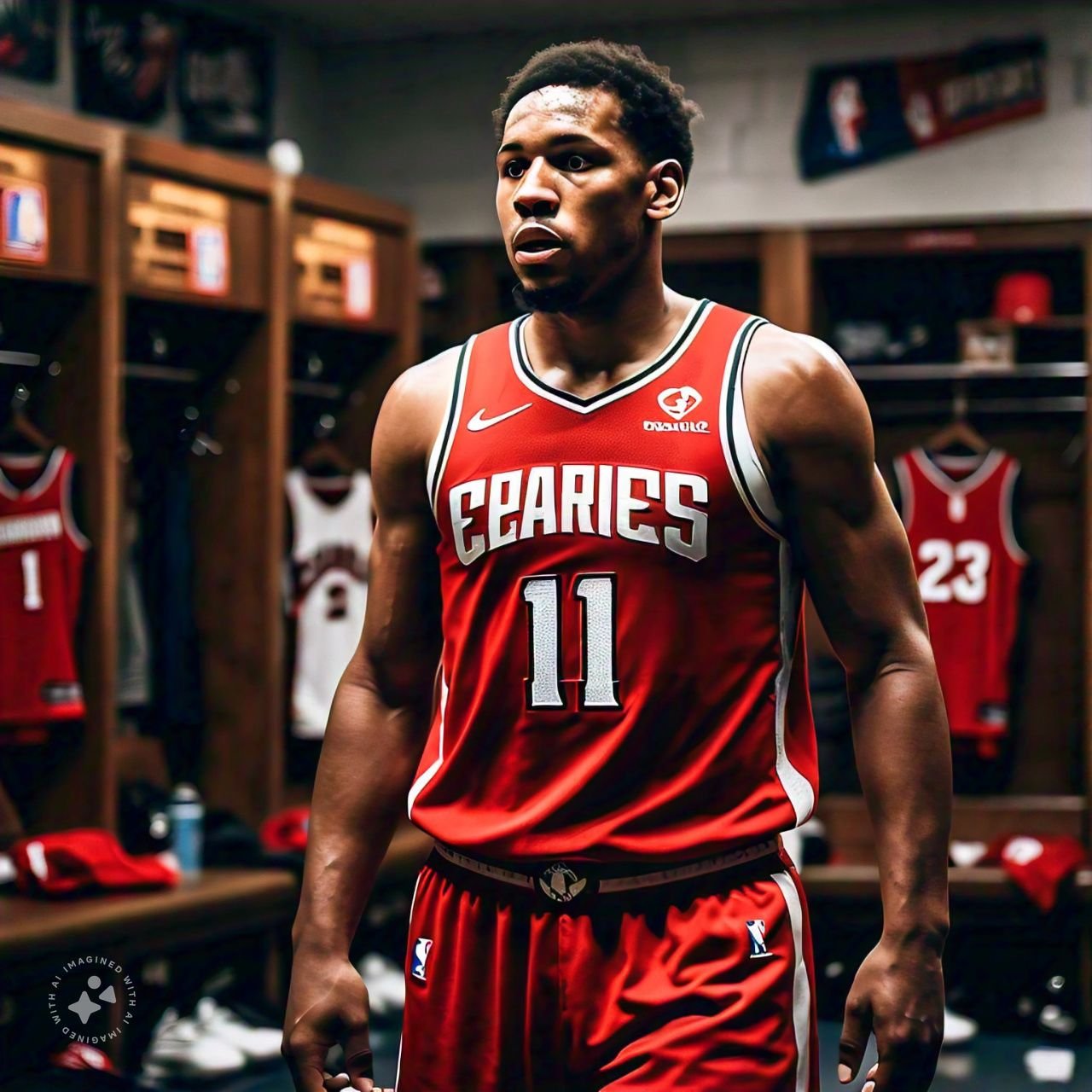Introduction
The National Basketball Association (NBA) has become a global phenomenon since its founding in 1946, evolving from a fledgling league into a major force in sports and entertainment. Today, it boasts millions of fans worldwide, numerous star athletes, and a significant cultural impact that extends beyond the court. The NBA has not only shaped the game of basketball but also influenced fashion, music, and social issues, making it a vital part of American culture and a significant player on the global sports stage.
This article explores the history of the NBA, its key developments, notable players, the league’s cultural impact, and its future direction.
The Origins of the NBA
The NBA was established on June 6, 1946, as the Basketball Association of America (BAA) in New York City. The league aimed to compete with the National Basketball League (NBL) and attract the best basketball talent. In 1949, the BAA merged with the NBL, officially becoming the National Basketball Association.
The league’s early years were marked by struggles to gain popularity, facing competition from college basketball and other professional sports. However, as it expanded and improved its quality of play, the NBA began to attract more fans and media attention.
Growth and Expansion
Throughout the 1950s and 1960s, the NBA experienced significant growth. The league expanded to include new teams, such as the Minneapolis Lakers, Boston Celtics, and Philadelphia Warriors, which helped create fierce rivalries. The Boston Celtics, led by legendary coach Red Auerbach and stars like Bill Russell and Bob Cousy, dominated this era, winning 11 championships in 13 seasons from 1957 to 1969.
The 1970s brought further changes, including the introduction of the three-point line in 1979, which transformed the game’s strategy. The league faced challenges, including financial difficulties and competition from the American Basketball Association (ABA), which introduced innovative playing styles and high-scoring games. In 1976, the ABA-NBA merger brought teams like the New York Nets and Denver Nuggets into the NBA.
The Rise of Superstars
The 1980s marked a golden era for the NBA, characterized by the emergence of superstars and intense rivalries. Magic Johnson of the Los Angeles Lakers and Larry Bird of the Boston Celtics reignited interest in professional basketball. Their rivalry not only helped define the decade but also laid the groundwork for the NBA’s marketing and television strategies.
This era also saw the rise of other legends, including Kareem Abdul-Jabbar, Julius Erving, and Bill Walton. The NBA became a staple on television, with the league’s popularity skyrocketing as games were broadcasted nationally. The 1980s culminated in the iconic Lakers-Celtics rivalry, which captured the imagination of sports fans and solidified the NBA’s place in American culture.
Global Expansion
The 1990s brought the NBA into the global spotlight, largely due to the influence of Michael Jordan. As a member of the Chicago Bulls, Jordan became a global icon, winning six championships and earning five regular-season MVP awards. His charisma and competitive spirit helped the NBA expand its reach beyond the United States, especially in markets like Europe and Asia.
The Dream Team, the U.S. men’s basketball team at the 1992 Barcelona Olympics, showcased NBA talent on the world stage, further solidifying the league’s international appeal. The success of players like Kobe Bryant, Shaquille O’Neal, and Tim Duncan during the late 1990s and early 2000s contributed to the NBA’s growth and popularity.
The Modern Era
The 2000s marked a new phase for the NBA, as it embraced technology and social media. The league’s partnership with platforms like Twitter and Facebook allowed fans to engage with players and teams in real time. The NBA also began streaming games online, making it more accessible to a global audience.
The rise of analytics and advanced statistics transformed how teams approached player evaluation and game strategy. The success of the San Antonio Spurs under coach Gregg Popovich, who emphasized teamwork and ball movement, changed the way basketball was played, influencing teams across the league.
The 2010s saw the emergence of the Golden State Warriors as a dominant force, led by stars like Stephen Curry, Klay Thompson, and Draymond Green. The team’s success, characterized by a fast-paced, three-point-heavy style of play, reshaped the NBA’s strategic landscape. The Warriors won three championships in five seasons, further popularizing the three-point shot and changing the way the game is played.
Cultural Impact
The NBA has transcended sports, becoming a significant cultural force. Players are not just athletes; they are fashion icons, influencers, and advocates for social change. The league has addressed various social issues, from racial inequality to police brutality, with players like LeBron James, Chris Paul, and Carmelo Anthony using their platforms to raise awareness.
The NBA’s All-Star Weekend has evolved into a cultural celebration, featuring music performances, celebrity appearances, and fan engagement events. The league’s partnership with artists, designers, and brands has created a unique fusion of sports and pop culture.
The Role of Women in the NBA
While the NBA has been historically male-dominated, the rise of the WNBA (Women’s National Basketball Association) in 1996 marked a significant step forward for women in basketball. The WNBA has grown in popularity, showcasing incredible talent and inspiring future generations of female athletes. Players like Lisa Leslie, Diana Taurasi, and Maya Moore have become role models and advocates for gender equality in sports.
The NBA has supported the WNBA’s growth, with initiatives aimed at increasing visibility and investment in women’s basketball. The collaboration between the two leagues has fostered a more inclusive environment, promoting the idea that basketball is for everyone, regardless of gender.
Challenges Facing the NBA
Despite its success, the NBA faces several challenges that could impact its future:
- Injury Management and Player Health: The increasing pace and intensity of the game have led to a rise in player injuries. Teams are now more focused on managing player workloads and preventing injuries to ensure long-term success.
- Social Media and Player Influence: While social media has allowed players to connect with fans, it has also created challenges. Players are constantly in the spotlight, and their off-court actions can impact their teams and the league. The NBA must navigate this new landscape carefully to maintain its brand integrity.
- Economic Factors: The NBA relies heavily on television contracts and sponsorship deals for revenue. Changes in consumer behavior and media consumption, especially with the rise of streaming services, could affect the league’s financial stability.
- Competition with Other Leagues: As basketball continues to grow globally, the NBA faces competition from international leagues and alternative basketball leagues. The NBA must continue to innovate to retain its status as the premier professional basketball league.
The Future of the NBA
The NBA’s future looks bright, with opportunities for continued growth and innovation. Here are some potential trends and developments:
- Increased Globalization: The NBA will likely continue to expand its global footprint, with more international games and partnerships. The league’s efforts to develop basketball programs in emerging markets, such as Africa and Asia, will help nurture future talent and build a larger fan base.
- Emphasis on Player Wellness: As player health becomes a priority, the NBA will likely invest more in sports science and wellness programs. Teams may adopt advanced technologies to monitor players’ health and performance, ensuring they can perform at their best.
- Enhanced Fan Engagement: The NBA will continue to explore innovative ways to engage fans, utilizing virtual reality (VR), augmented reality (AR), and immersive experiences. These technologies can enhance the viewing experience, bringing fans closer to the game.
- Diversity and Inclusion: The NBA has committed to fostering diversity and inclusion within its ranks. As more players, coaches, and executives from diverse backgrounds enter the league, the NBA can continue to be a leader in social change and representation.
- Sustainability Initiatives: As awareness of environmental issues grows, the NBA may implement more sustainable practices within its operations. Initiatives to reduce waste, promote recycling, and support community sustainability efforts could become a significant focus for the league.
Conclusion
The NBA has come a long way since its inception in 1946. From its humble beginnings to its status as a global sports and entertainment powerhouse, the league has shaped the world of basketball and influenced culture on multiple fronts. As it continues to evolve and adapt to the challenges of the modern era, the NBA remains a beacon of excellence in professional sports, inspiring generations of athletes and fans around the world. The future holds exciting possibilities for the league, with opportunities for growth, innovation, and positive impact within and beyond the world of basketball.

